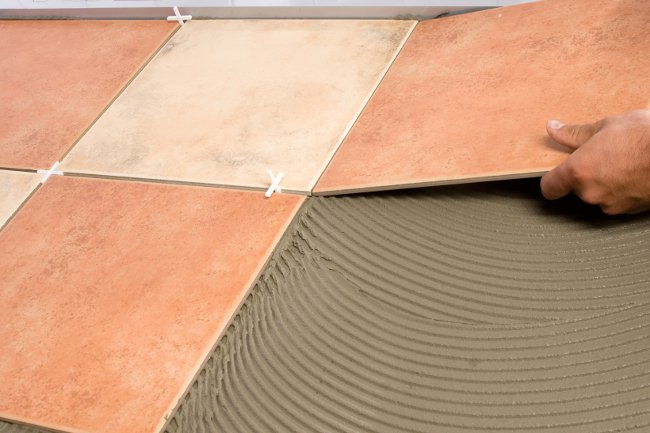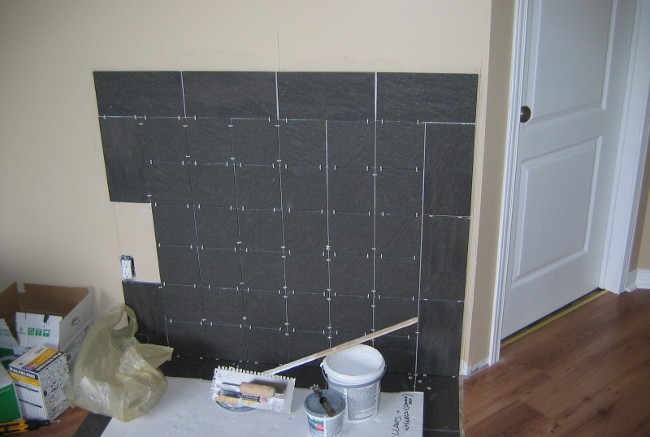How to choose a ceramic tile for a house?

Ceramic tiles are both convenient and profitable, and,of course, beautiful. Ceramic tiles are not afraid of water, so basically the tile is used to wall and floor the kitchen, bathroom or toilet. Often put ceramic tiles in the hallway.
How to choose the right ceramic tile? Here are some recommendations for choosing a ceramic tile for your home.
First of all, it is necessary to decide on thethe purpose of the tile. After all, ceramic tiles, designed for laying on walls or on the floor, in an apartment or on the street, has different characteristics. Therefore, the tiles are marked with appropriate indexes.
So, on the packaging label of the tile or in the accompanying documentation, marking is always indicated. On the tile intended for exterior cladding works there must be a marking AI or BI, denoting frost resistance. Also frost resistance can be indicated by a snowflake symbol. Tile AII or BII also suitable for outdoor work, but its ability to repel moisture is somewhat lower. Tile AIII or BIII intended only for internal work. By the way, the letters A and B denote the method of making tiles. Method A is a modern method of extrusion, and method B is a somewhat outdated way of pressing tiles.
After you have decided on the purpose of the tile, you must select the required class of ceramic tiles. Requirements for the tile can be as follows:
- tile is put on the floor in the hallway. Requirements: hardness, resistance to chemical attack, cleanability. Tiles in the hallway should not be glossy, otherwise in damp weather, when a lot of moisture enters from the street into the house, the floor can become very slippery.
- tile is put on floor or bathroom wall. Requirements: good moisture resistance, resistance to aggressive environments. Wear resistance in this case is less important than for tiles in the hallway.
- tile is put on floor or kitchen wall. Requirements: hardness, resistance to aggressive substances, moisture resistance, good cleanability.
There are five groups characterizing the durability of enameled tiles (from PEI I with the lowest abrasion resistance to PEI V), which determine its application.
Group I: Glazed tiles for places with light abrasives.
Where is used: the least used places of private houses, such as bedrooms, bathrooms.
Group II: glazed ceramic floors for places of normal movement of people in shoes with leather and rubber soles (medium abrasives).
Where it is used: bathrooms, bedrooms, dining rooms, living rooms, offices.
Group III: glazed ceramic floors for places of intense movement of people and average impact of abrasives.
Where it is used: in the hallways and kitchens of private houses, hotel rooms, in the wards of hospitals.
Group IV: glazed ceramic floors for places of heavy traffic and heavy impact of abrasives.
Where it is used: in premises that have direct contact with the street, such as restaurants, bars, cafes.
Group V: the same products as in group IV, but have undergone additional tests for resistance to abrasives.
Where it is used: in industrial enterprises and public places with high attendance.
The main characteristics of the tile, including its grade, are indicated by the manufacturer on the packaging or in the accompanying documents.
Therefore, only after selectingthe purpose of the tile and the corresponding class of tiles, you can proceed with the selection of the desired tile design. Modern industry produces a huge number of different patterns and colors for ceramic tiles. If you are in doubt, whether this or that variant of ceramic tile design will suit your interior, contact a professional designer - he will help you to choose the most suitable tile according to color and pattern.













